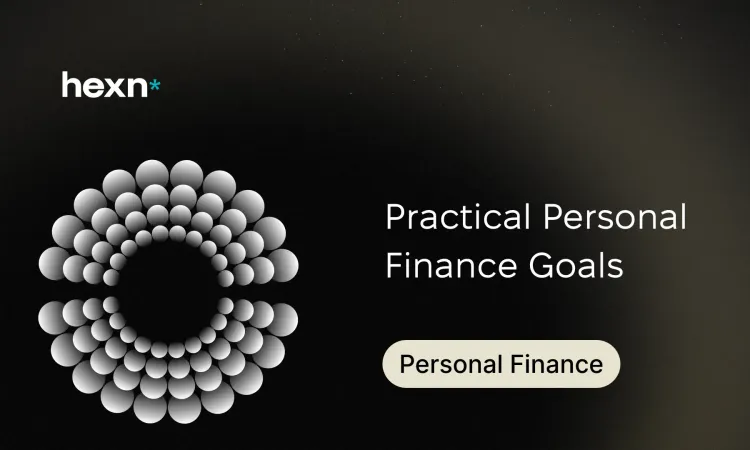Practical Personal Finance Goals: SMART Planning and Crypto Options
Personal financial goals are the targets you set to manage earnings, spending, saving, and investing. Defining clear objectives helps you make better budgeting choices, measure progress, and prioritize actions. As digital assets and related services expand, they can become one element in a broader plan to reach those goals—but they come with distinct risks to consider.
How to Define Effective Financial Goals Using the SMART Framework
Use the SMART approach—specific, measurable, actionable, realistic, and time-bound—so your financial targets are practical and trackable. A specific goal could be “save $1,000 per month,” while vague intentions like “save more” are hard to act on.
Break objectives into time horizons:
- Short-term: achievable within months to a year (emergency fund, small purchases).
- Mid-term: typically one to five years (paying down debt, education savings).
- Long-term: more than five years (retirement, home purchase).
Attach deadlines and work backward to set monthly or weekly targets. If you want a $200,000 down payment in 10 years, calculate how much to save each month and adjust your budget accordingly.
Practical Ways to Reduce Expenses
Cutting costs is often the fastest route to freeing cash for goals. Start by understanding where your money goes, then make small adjustments that add up.
- Track spending: Monitor all expenses for a month to identify recurring leaks and non-essential purchases.
- Create a realistic budget: Allocate income toward necessities, savings, and discretionary spending so you control, not react to, your cash flow.
- Live below your means: Prioritize needs over wants and impose short waiting periods on impulse buys.
- Automate saving: Set up transfers that move a fixed percentage of each paycheck into savings or investment accounts.
Ways to Increase Income
Increasing income complements cost control and accelerates reaching targets. Consider a mix of active and passive approaches depending on your time and risk tolerance.
- Interest-bearing accounts: Place emergency funds or savings in accounts that pay interest to grow reserves more efficiently.
- Side hustle: Freelancing, part-time work, or turning a hobby into a paid service can boost monthly cash flow.
- Passive income: Rental income, royalties, dividend-paying investments, or yield-generating financial products can create revenue with less daily effort.
How Digital Assets Support Financial Objectives
Digital assets offer several ways to contribute to financial plans, from earning yield to diversifying holdings. Use them thoughtfully and in proportion to your overall strategy.
Earning yield on digital assets
Some platforms let you earn interest or yield by depositing digital assets. For those who don’t want to trade actively, this can turn idle holdings into a potential income source. Keep in mind terms, counterparty risk, and how interest is calculated.
Rewards and spending with crypto-linked cards
Rewards programs tied to digital asset spending can provide cash back or asset-based incentives when you shop. These offer small savings on everyday purchases but review fees and redemption rules before enrolling.
Monetizing creativity and new revenue channels
Creators and entrepreneurs can explore tokenization of digital works, reselling digital vouchers, or other emerging formats to generate revenue from skills and content. These options can complement traditional side income but require learning new marketplaces and formats.
Diversifying a portfolio with digital assets
Including digital assets in a broader portfolio may reduce concentration risk for some investors, but correlations with other markets can vary. Treat crypto as one component of diversification and adjust exposure to match your risk tolerance.
Essential Safety Tips
Do your own research
Thoroughly investigate any financial product or asset class before committing funds. Understand the mechanics, fees, and potential downsides so you can make informed choices.
Manage risk carefully
Only allocate amounts you can afford to lose, use position sizing, and consider stop-losses or other protections if you trade. For long-term savings, balance higher-risk choices with stable assets.
Know your tax obligations
Income and gains from investments—including digital assets—may trigger tax liabilities. Learn the reporting rules that apply in your jurisdiction and plan accordingly to avoid penalties.
Final Thoughts
No single approach fits everyone. Combining disciplined saving, income growth, and selective investment choices creates a resilient path to financial targets. Avoid rushing into high-risk opportunities; steady progress and careful planning typically deliver more reliable results over time.
